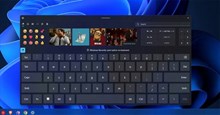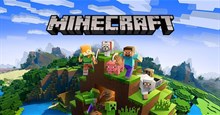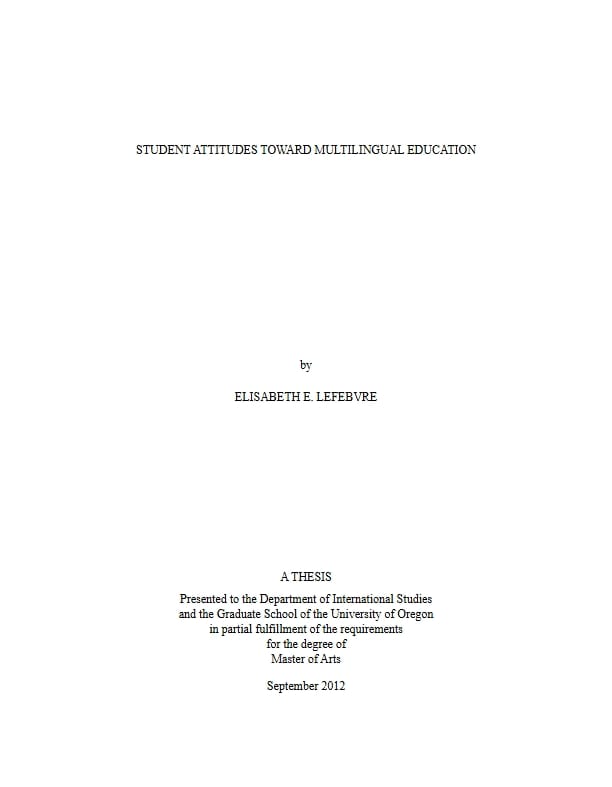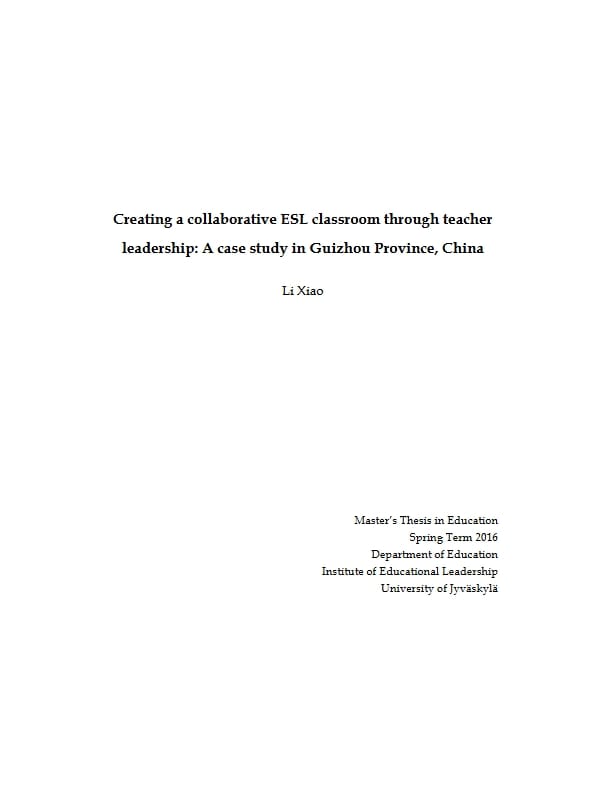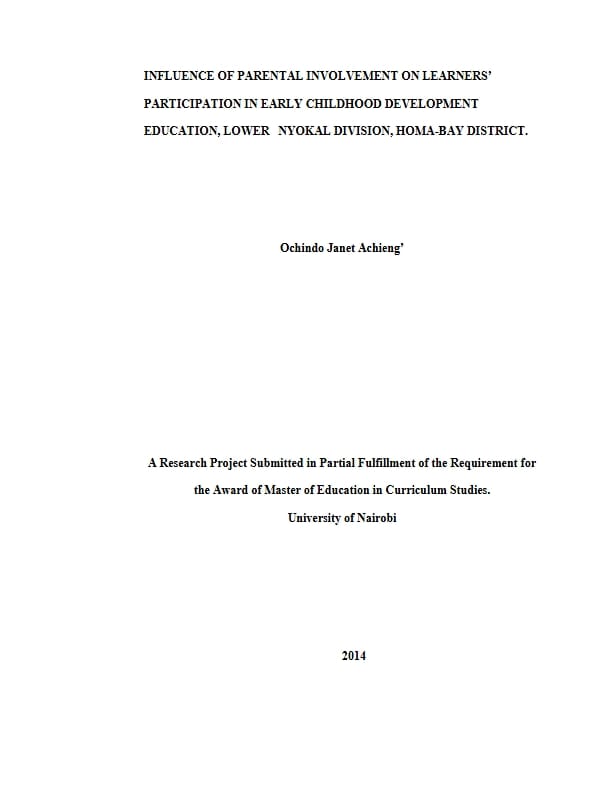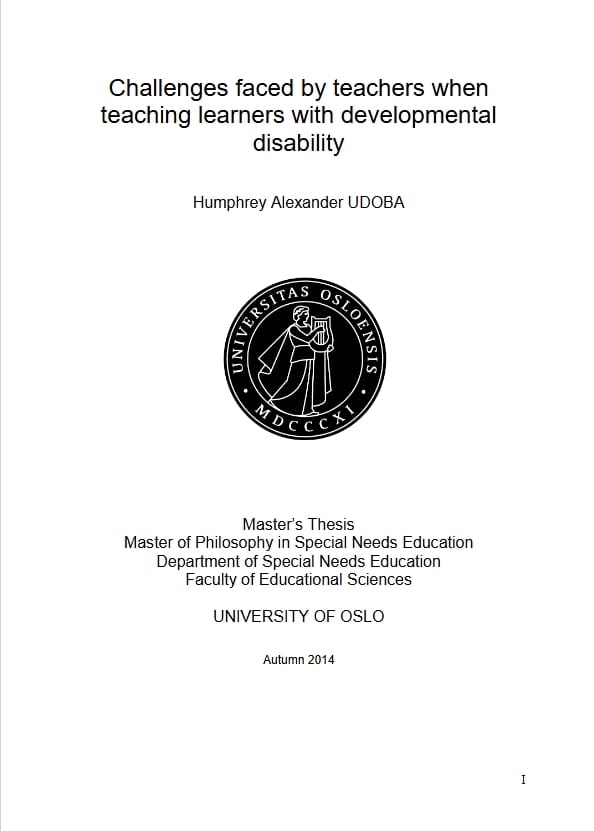TABLE OF CONTENTS
CHAPTER ONE ……………………………………………………………………………………………………………………………………..8
‘DOESN’T YOUR PAINTING INTERFERE WITH YOUR WRITING?’: AN INTRODUCTION TO THE
STUDY……………………………………………………………………………………………………………………………………………………8
PURPOSE OF THE STUDY ………………………………………………………………………………………………………. 8
BACKGROUND TO THE STUDY ………………………………………………………………………………………………. 11
THEORETICAL FRAMEWORK …………………………………………………………………………………………………. 22
DESCRIPTION OF THE STUDY………………………………………………………………………………………………… 24
SIGNIFICANCE OF THE STUDY……………………………………………………………………………………………….. 26
Introduction …………………………………………………………………………………………………………. 26
Writing………………………………………………………………………………………………………………… 26
Drawing ………………………………………………………………………………………………………………. 27
Symbol weaving …………………………………………………………………………………………………… 29
The Crowded Curriculum………………………………………………………………………………………. 30
Understanding Visual Literacy……………………………………………………………………………….. 32
LIMITATIONS OF THE STUDY …………………………………………………………………………………………………. 34
STRUCTURE OF THE THESIS …………………………………………………………………………………………………. 35
GLOSSARY OF TERMS USED WITHIN THE THESIS ………………………………………………………………………… 36
CHAPTER TWO……………………………………………………………………………………………………………………………………39
SYMBOL WEAVING – A REVIEW OF THE LITERATURE …………………………………………………………………..39
Introduction …………………………………………………………………………………………………………. 39
SYMBOL SYSTEMS …………………………………………………………………………………………………………….. 39
An overview ………………………………………………………………………………………………………… 39
Symbol systems, multimodality and schooling…………………………………………………………. 43
Visual and verbal symbol systems ………………………………………………………………………….. 48
NEW LITERACIES ………………………………………………………………………………………………………………. 54
An overview ………………………………………………………………………………………………………… 54
Symbol systems and ‘New Literacies’ …………………………………………………………………….. 55
Visual Literacy …………………………………………………………………………………………………….. 56
Multiliteracies – the theory…………………………………………………………………………………….. 62
Multiliteracies – pedagogy …………………………………………………………………………………….. 66
WRITING …………………………………………………………………………………………………………………………. 72
An overview ………………………………………………………………………………………………………… 72
The importance of writing success ………………………………………………………………………….. 72
How language is learned ……………………………………………………………………………………….. 73
Development of writing…………………………………………………………………………………………. 77
Purposes for writing ……………………………………………………………………………………………… 80
Teaching writing…………………………………………………………………………………………………… 83
Assessment of writing …………………………………………………………………………………………… 85
DRAWING………………………………………………………………………………………………………………………… 92
An overview ………………………………………………………………………………………………………… 92
Informing theories in Art Education – a comparison with literacy education ……………….. 92
The Development of Drawing in Children……………………………………………………………….. 94
Purpose of Children’s Drawings …………………………………………………………………………… 102
The Role of Drawing in the School Years ……………………………………………………………… 109
Summary of the benefits of drawing ……………………………………………………………………… 116
WHERE THIS STUDY SITS IN THE FIELD …………………………………………………………………………………… 125
Visual and Verbal Links Beyond the Beginning Years ……………………………………………. 131
CONCLUSION………………………………………………………………………………………………………………….. 139
CHAPTER THREE ……………………………………………………………………………………………………………………………..142
REINTRODUCING CHILDREN’S PICTURES TO CHILDREN’S WORDS – A DESCRIPTION OF THE
STUDY………………………………………………………………………………………………………………………………………………..142
Introduction ……………………………………………………………………………………………………….. 142
CHOOSING THE METHODOLOGY …………………………………………………………………………………………… 142
Introduction ……………………………………………………………………………………………………….. 142
Rationale for the methodology ……………………………………………………………………………… 143
Considerations in the methodology……………………………………………………………………….. 145
DESCRIPTION OF THE STUDY ………………………………………………………………………………………………. 147
The Primary Investigation ……………………………………………………………………………………. 147
Introduction ……………………………………………………………………………………………………….. 147
Description of the Study………………………………………………………………………………………. 147
Permission to Conduct the Study ………………………………………………………………………….. 148
Selection of students……………………………………………………………………………………………. 148
Research Procedure …………………………………………………………………………………………….. 149
Data analysis………………………………………………………………………………………………………. 152
The Secondary Investigation ………………………………………………………………………………… 162
CONCLUSION………………………………………………………………………………………………………………….. 180
CHAPTER FOUR………………………………………………………………………………………………………………………………..181
GOOD INTENTIONS: RECOMMENDATIONS FOR USING DRAWING IN THE WRITING
CLASSROOM …………………………………………………………………………………………………………………………………….181
INTRODUCTION ……………………………………………………………………………………………………………….. 181
DISCUSSION OF THE RESULTS …………………………………………………………………………………………….. 182
The writing ………………………………………………………………………………………………………… 182
The drawing……………………………………………………………………………………………………….. 183
The relationship between the drawing and writing results………………………………………… 184
Why was the drawing supportive? ………………………………………………………………………… 187
RECOMMENDATIONS ………………………………………………………………………………………………………… 189
Teachers and schools must better understand the ways in which symbol systems work
together……………………………………………………………………………………………………………… 189
Teachers and schools must better understand drawing as a socially-constructed learning
tool……………………………………………………………………………………………………………………. 191
Teachers, schools and systems must position the Visual Arts as a core curriculum subject
…………………………………………………………………………………………………………………………. 198
FUTURE DIRECTIONS ………………………………………………………………………………………………………… 201
ACHIEVEMENTS AND SIGNIFICANCE OF THE STUDY……………………………………………………………………. 204
CONCLUSION………………………………………………………………………………………………………………….. 206
BIBLIOGRAPHY ……………………………………………………………………………………………………………….. 209
APPENDICES……………………………………………………………………………………………………………………………………..219
APPENDIX A…………………………………………………………………………………………………………………… 220
Children’s writing and typed transcripts ………………………………………………………………… 220
APPENDIX B…………………………………………………………………………………………………………………… 234
APPENDIX C…………………………………………………………………………………………………………………… 235
Writing analysis grid for Procedures……………………………………………………………………… 235
APPENDIX D…………………………………………………………………………………………………………………… 236
Analysis of Control Group procedural writing………………………………………………………… 236
APPENDIX D…………………………………………………………………………………………………………………… 245
Analysis of Treatment Group procedures ………………………………………………………………. 245
APPENDIX D…………………………………………………………………………………………………………………… 255
Analysis of Control Group Explanations ………………………………………………………………. 255
Analysis of Treatment Group Explanations …………………………………………………………… 267
APPENDIX E …………………………………………………………………………………………………………………… 279
Procedures …………………………………………………………………………………………………………. 279
APPENDIX E …………………………………………………………………………………………………………………… 281
Explanations ………………………………………………………………………………………………………. 281
APPENDIX F …………………………………………………………………………………………………………………… 283
Word count analysis ……………………………………………………………………………………………. 283
APPENDIX G…………………………………………………………………………………………………………………… 284
Images Procedures………………………………………………………………………………………………. 284
Images Explanations……………………………………………………………………………………………. 287
APPENDIX H…………………………………………………………………………………………………………………… 291
Drawing analysis grid for Procedures ……………………………………………………………………. 291
APPENDIX H…………………………………………………………………………………………………………………… 300
Drawing analysis grid for Explanations …………………………………………………………………. 300





